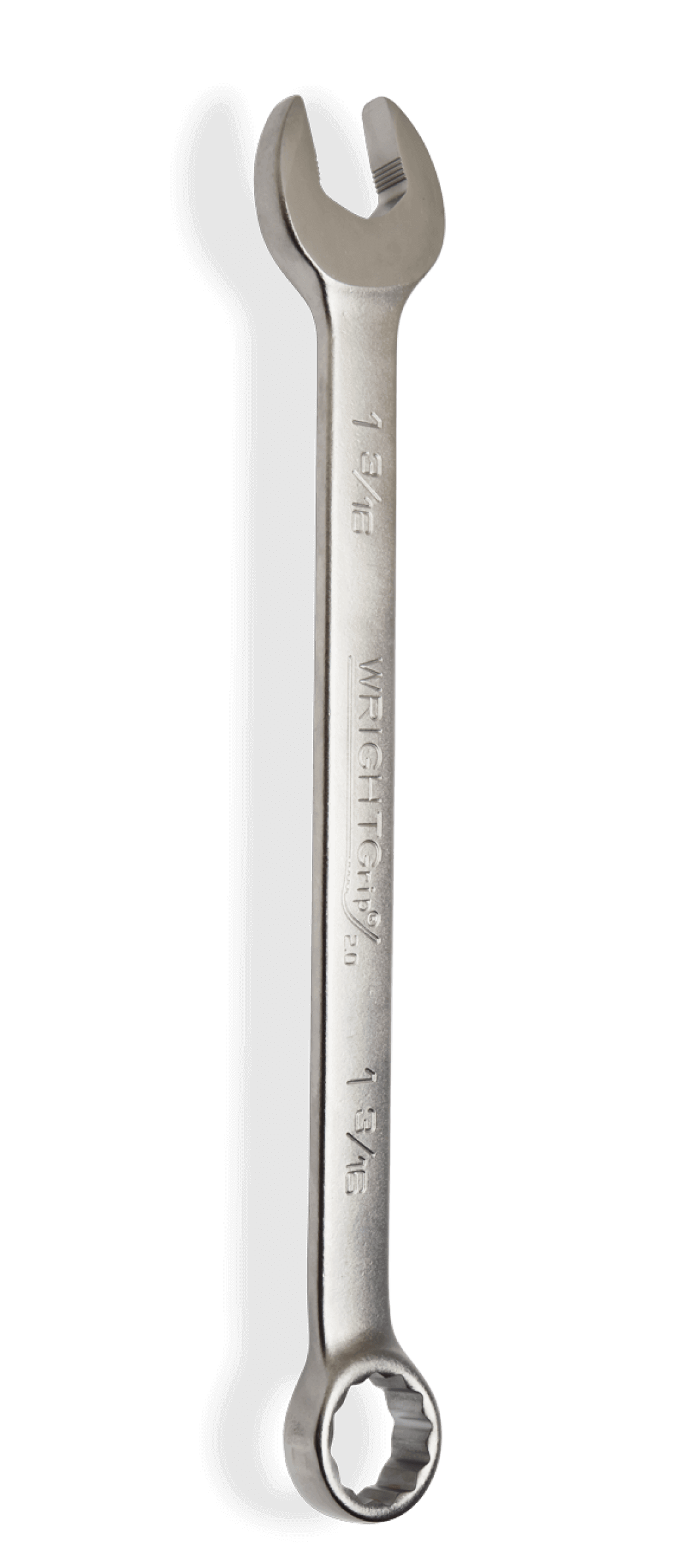June 13, 2024
Forged to Finish
At Wright Tool, we take immense pride in our commitment to forging the highest quality tools right here in the USA, all under one roof in Barberton, Ohio. As one of the last remaining hand tool manufacturers in the United States, we are dedicated to upholding the legacy of American craftsmanship, ensuring that each tool we produce embodies the values of quality and reliability. Every step of our manufacturing process, from forging to finishing, reflects our unwavering dedication to producing premium tools made with American ingenuity and expertise.
Within our manufacturing plant, we have seventeen departments and five main processes that help make this possible for our customers. Join us as we walk you through our processes and how Wright tools transform from raw materials to symbols of durability and functionality, providing superior performance.
Forge/Anneal
At Wright, quality begins with our control of our own tooling and dies, which means we design, shape and form all the tools including our Wright patented innovations at our facility. This process helps Wright tools to be higher quality and ensures that each tool has the consistent quality across the board.
We prioritize using USA-made steel, with over 80 different sizes available that we cut to the exact length of what we need. When we receive our steel, we will quality inspect the steel to ensure that it originated from America and that we can use it to make our tools. The steel will then be heated in our furnace to be temperature treated and be used for forging.
After forge, the part is annealed which puts the steel into a hot and less frigid state. Leading to the steel being stronger upon cooling.

This process allows Wright to create a much stronger tool for professionals to use on the job. Hot forging is the process where a malleable metal part is shaped by one or more processes such as hammering, pressing and more. On average, forging is 15 to 20 percent stronger than machining. During our forging process, we have built-in stringent quality inspections to ensure that our tools uphold our high standards. We will evaluate the first tool after the forging step to see if any adjustments need to be made or if the tools are ready to go to the next process.

Machining/Semi-Finish
Moving to the next step, our semi-finish process includes broaching, grinding, drilling and stamping. Broaching is the process where we remove material from the tool to leave behind a hole. Our broaching design allows us to integrate our patented innovations like Wright Grip® 2.0 and Wright Drive® 2.0 on the tools. Once we put our patented innovations on our tools, we will make sure to gauge the Wright Drive® and Wright Square™ and check that the open end of a wrench is made exactly to size. Once the tool has been approved by the quality inspection team, it can move to stamping, and then after that, it can move forward to heat treating.
.png)
Instead of laser-etching, we use stamping to give all our tools the cleanest, quickest and deepest impression for a long-lasting effect. So, no matter how used the wrench or socket might get, the impression is deeper than any corrosion or abrasion the tool might experience. Stamping allows users to be able to easily read and identify the size of the tool.
Heat Treat
Quality is vital in our heat treating process, where we take alloy steel and harden it to make the tool stronger and more durable. Our heat treat machine in our factory was custom designed for our processes and product mix. The heat treat step makes all our tools at Wright uniform to be all the same level of hardness, eliminating any variations in quality. We test the tools for their level of hardness and if needed, they may need to be heat treated again. Part of the heat treating procedure is quenching, which dips the tool into oil to lock in the properties to give us additional hardness.
Prep
After heat treating, our tools are close to the final stages of completion. The prep step includes sandblasting, polishing and removing any burrs on the products. To get our desired surface finishes such as satin finished or full polished, our tools will either go through the laboratory, be sandblasted or be polished by hand.
Finish
The last step in our forged to finish process is plating with the exception of tools that receive a black oxide finish. Using chemistry, our tools will go through a 28-station carousel of cleaners and nickel and chrome baths. These baths will pull off any residue from the tools to leave the highest quality. We prioritize quality through our advanced plating techniques and meticulous inspections. Each and every tool at Wright will be examined for how thick the plating is to meet the SAE aerospace standards. This includes sample inspection by hand, a grind test and an x-ray to see the level of thickness.
.png)
During final inspections, we will look at the stamp, finish and anything measurable on the tool for quality. If any tool does not meet our standards, then the tools in that batch will be reevaluated to solve any problems.

The journey of a Wright tool from raw materials to finished product is a testament to our unwavering commitment to excellence. Through seventeen departments and five crucial processes, we transform steel into high-quality USA tools. From the initial forging, where steel is shaped and strengthened, to the semi-finish stage, where patented innovations like Wright Grip® 2.0, Wright Drive® 2.0 and Wright Square™ are integrated, each step is taken with precision and care. The heat treating process further fortifies our tools, ensuring uniformity and optimal hardness. In the final stages of prep and finish, attention to detail ensures that every tool meets our quality standards. Our 20+ years’ experience to these procedures have cemented Wright Tool’s reputation for crafting the highest quality made-in-the-USA tools. Our tools embody a legacy of reliability that professionals trust day in and day out.







.JPG)
